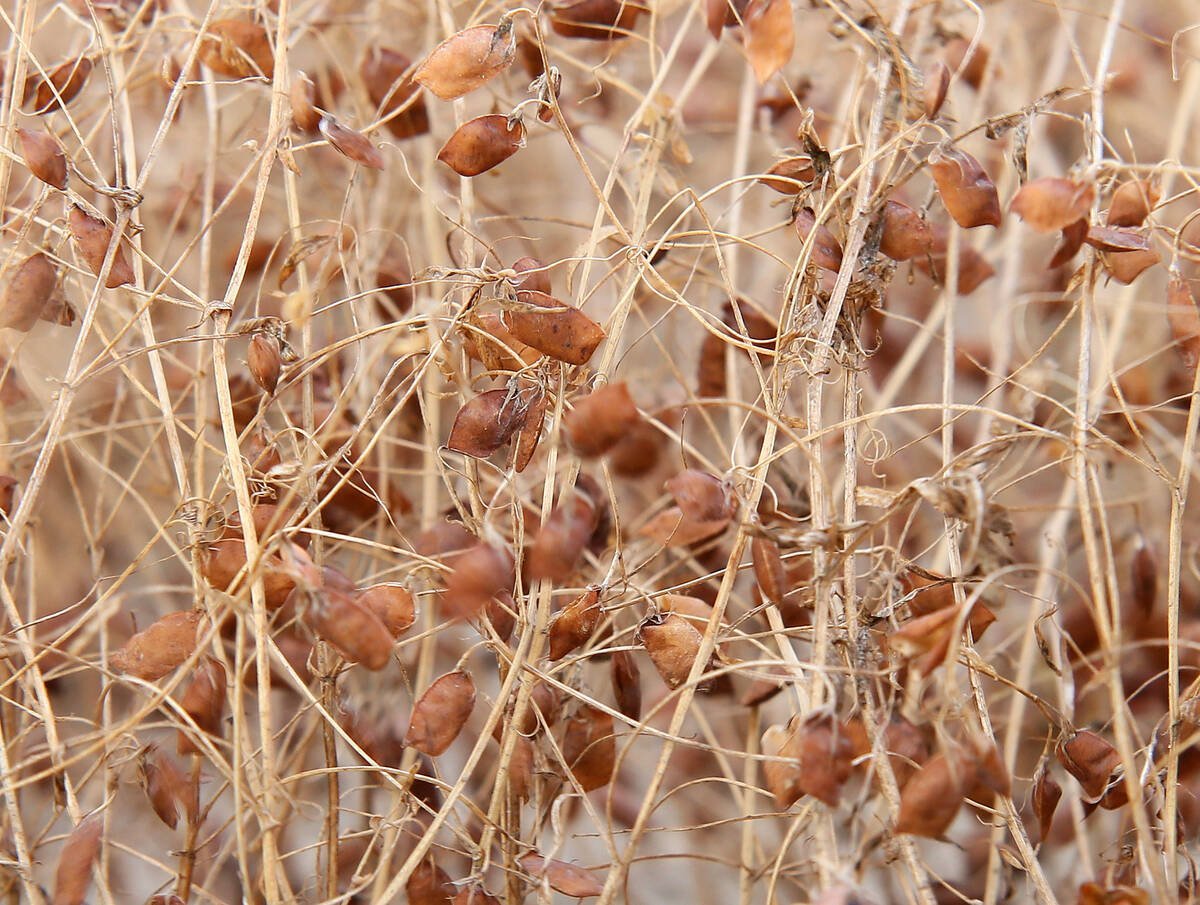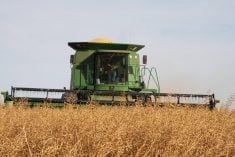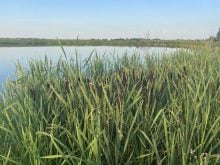SPIRIT RIVER, Alta. Ñ John Laninga’s hobby threatens to push the machinery from his farm shop.
Behind the tractor and the tools, the chainsaws and the buckets, are three large neatly piled stacks of sticks.
Laninga estimates there are about 1,200 pieces of diamond willow stacked in the corner, which he plans to eventually turn into walking sticks.
It was a hike on the famous Klondike Chilcoot Trail in the Yukon in 1994 that launched his walking stick hobby. He found a stick on the trail that he used to help propel him over the pass.
Read Also

Europe holds promise for Canadian lentils
Pulse Canada is trying to help boost lentil consumption in Europe, which is already the fourth largest market.
When he returned home, he did a bit of carving work on it and took it on a hike the following year. When his brother, Ken, admired it along the hike, the walking stick business began.
“Then it got carried away,” said Laninga of Spirit River.
The brothers have since turned the diamond willow from their Peace River area farms into walking sticks that have been sent around the world.
Laninga collects willow in May when the sap is running and the bark is easy to peel off. It has taken years to develop an eye for seeing a potential walking stick. Usually the willow is disguised with bark, lichen or vines, he said.
“My best stuff I’ve walked past for days.”
One stick looks like a candy cane because of the way pea vine wound around the willow as it grew. Another stick has flat gnarls that look like a cobra’s head because two willows grew together.
Once the proper wood is chosen, Laninga dries the sticks for about a year and then uses power tools to sand the bark out of the diamond indentations and smooth the stick. Then, depending on the quality of the stick, he applies three coats of varathane.
Laninga’s low-end $20 walking sticks have about eight to 10 diamond shapes. The more expensive sticks have more diamond shapes.
Many sticks are sold in Peace River area tourist shops, but most are sold to Americans through his brother’s website, www.sticksite.com, where he sells walking sticks, stair rails, coffee cup holders, lampshades and canes.
Laninga said, so far, his walking stick hobby hasn’t taken over his bison business. If he comes in from the field and supper isn’t ready, he’ll jump on his quad and 20 minutes later come back with 10 sticks. In the winter, during his spare time, he’ll flag a good group of willow. In the spring before seeding he’ll sit in front of the farm shop on a warm sunny day and sand the sticks.
“It’s just a hobby,” said Laninga, who calls the revenue he gets from his stick business his “boat gas money.”
It has paid for a salmon fishing trip to Prince Rupert, B.C., a boat trip down the Fraser River, new hunting clothes and a new fishing rod. Most of the time the money goes straight back into the bison farm.
On last year’s income tax he estimated $4,500 income from the walking sticks and only about $200 of expenses.














